5 Prana vayu
- Sanatan Cosmos

- Nov 15, 2019
- 4 min read
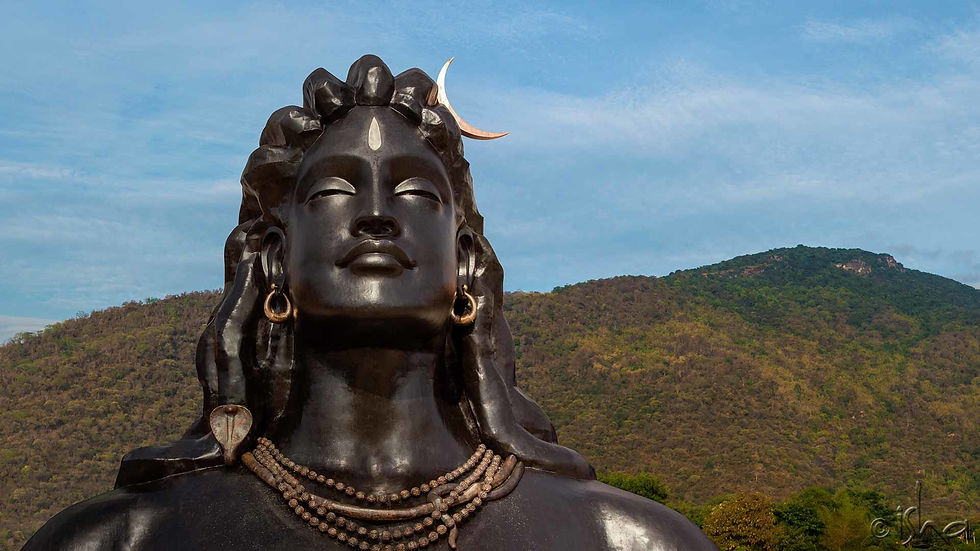
Why breathing is so vital in yoga?
Have you ever wondered what's the most important aspect in Dhyaan Yoga (meditation)? It is the breathing. The cycle of breathe in and out of our lungs helps us purifying our lungs and other body organs. Each breath rids the body of wastes, replenishes the bloodstream with oxygen, and nurtures the cellular fires of metabolism. Breathing forms a backdrop for every activity.
Exhalation and inhalation are two important things in breathing. Most of us do it unconsciously and hence do not understand the importance of it in yogic tradition. This breathing system is a huge system that puts our energy into right use. Nasal breathing is necessary as there are many advantages. Our body is designed in a systematic way that connects each force with all energies and organs.
“To experience the zone in training is our birthright, and it is within the design of our human nervous system to access it. To push ourselves to exhaustion when we have the capacity to allow effortless, perfect performance to flow naturally, from the inside out, seems somehow primitive and a waste of time. I have never heard of a peak experience that was described as painful, grueling or exhausting. Rather, the descriptions always fit the original definition of exercise: rejuvenating, stress-reliving and accessing full human potential.” -John Douillard, author of Body Mind Sport
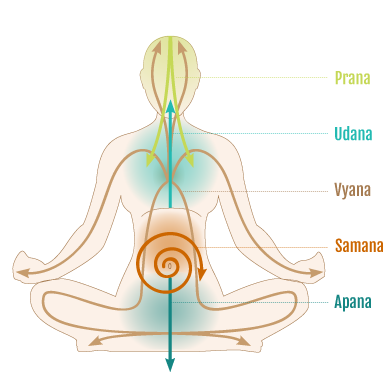
But here we have to understand that breathing maintains our body temperature, blood circulation, distribution of blood cells, digestion of food and excretion. This life force propels function of our living. When this happens, we can say that breathing strengthens life. In yogic tradition, we know that vayu means wind, air or life force. If we can understand the 5 pranas, we can know how this vayu is circulated in the entire body and how disturbances in each may cause illness. Let's jump right into it...
5 Prana Vayus
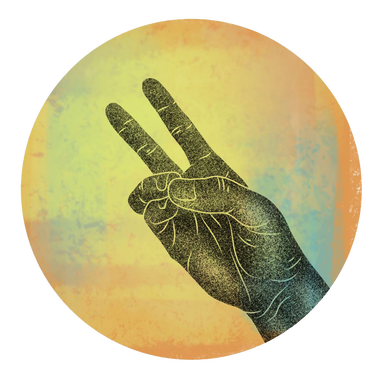
1. Prana Vayu:
Prana means breathe or life force. But prana is not just limited to breathing. There are other factors such as food intake or water consumption, sights, sound or vibration, senses organ, impression that absorbs prana. Prana is said to enter the body through the mouth (the nose, the ears, and the eyes are also “mouths” in this sense). If we lose prana, we will die. Prana mudra is a simple yoga technique, or gesture, designed to increase vitality and activate the muladhara (root) chakra
Prana Vayu Mudra improves functioning of heart and lungs, increases confidence, blood circulation and helps with vitamin deficiency. How to do it? 1. Sit comfortably. 2. With the mudra, place your hands on the knees. 3. Close your eyes, take deep breathes and focus on them. Breathing should normal not forceful but duration must be longer. 4. Make your Prana vayu mudra. (in the image. source of imge: Yogapedia.com) 5. Remain in Dhyaan (meditative state) for 30 minutes (for beginners at least 5-10 minutes). 6. release the mudra and open your eyes

2. Samana Vayu:
Samana is primary responsible for digestion, assimilation of food. It functions at the navel region & responsible for working of the organs involved in digestion like stomach, liver, intestine, pancreas. Disturbances in this Vayu can cause problems with the digestive system. Benefits: Balances the metabolism, Improves liver function, Balances the doshas, Strengthens the internal body, Helps with hypertension,Increases appetite. It is centered in between the stomach and intestines. The digestion process requires agni (fire) stated in the yoga sutra. Therefore, it is connected to manipura chakra. Samana takes a lot of eat inside to consume what we chew. After the heating process, this energy carefully separates constituents in food according to the needs of the body. It also helps in proper mental function.
Ailments associated with samana imbalance include gaseous swelling and abdominal discomfort, weak digestive fire, as well as overactive digestion leading to diarrhea. How to do it?
1. Sit comfortably. 2. With the mudra, place your hands on the knees. 3. Close your eyes, take deep breathes and focus on them. Breathing should normal not forceful but duration must be longer. 4. Make your Samana vayu mudra. (in the image) 5. Remain in Dhyaan (meditative state) for 30 minutes (for beginners at least 5-10 minutes). 6. release the mudra and open your eyes

3. Udana Vayu
Udana is the fruit of dreamless sleep. primarily responsible for speech, functioning of the thyroid gland, blood supply to brain and thinking process. This is one a bit more difficult to conceptualize as it is still not clear to the science how wind intake helps with voice generation and increase/ decrease of pitch of the voice. This is associated to Vishudha Chakra located in the throat. If Udana is flowed powerfully in a person, it means hat person is acting form higher vision. It helps in revitalizing energy, boost self confidence and self-tranformation. When a person dies, Udana helps the movement of consciousness to move put of the body. Disturbances can lead to illness in throat, neck and head. 1. Sit comfortably. 2. With the mudra, place your hands on the knees. 3. Close your eyes, take deep breathes and focus on them. Breathing should normal not forceful but duration must be longer. 4. Make your Samana vayu mudra. (in the image) 5. Remain in Dhyaan (meditative state) for 30 minutes (for beginners at least 5-10 minutes). 6. release the mudra and open your eyes
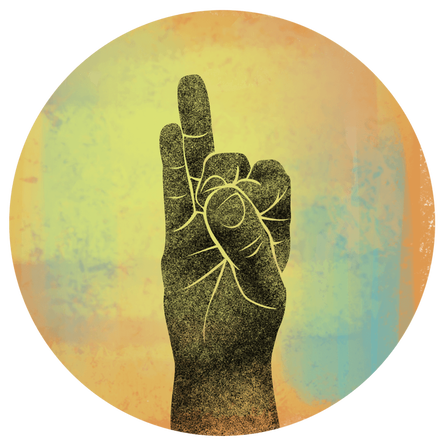
4. Vyana vayu
Vyana is the fire faces south. It is primary responsible for blood circulation in the entire body. It distributes oxygen in all the cells. Disturbances in Vyana Vayu can cause hypertention and blood pressure. therefore we should take care of this system. Vyana vayu travels downwards and sideways. Vyana rules Anhata chakra. How to do it? 1. Sit comfortably. 2. With the mudra, place your hands on the knees. 3. Close your eyes, take deep breathes and focus on them. Breathing should normal not forceful but duration must be longer. 4. Make your Samana vayu mudra. (in the image) 5. Remain in Dhyaan (meditative state) for 30 minutes (for beginners at least 5-10 minutes). 6. release the mudra and open your eyes
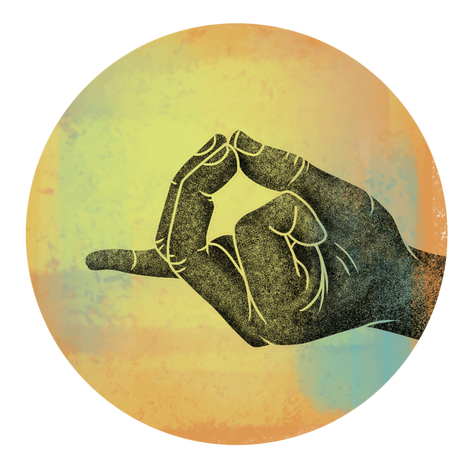
5. Apana Vayu
Apana is the holy heart fire: reduces the air element, which helps to relieve pain and relax the body and mind. helps to detoxify and cleanse the body, supply more oxygen to heart arteries and increase the power of the heart.
Apana is responsible for dpwnward movement of energy
Defecation, urination, menstruation, ejaculation, and childbirth are all under the influence of apana. When both samana and apana are disordered, problems with reproductive and urinary functioning occur. To maitain Vyana vayu, meditate with the mudra shown in the image.




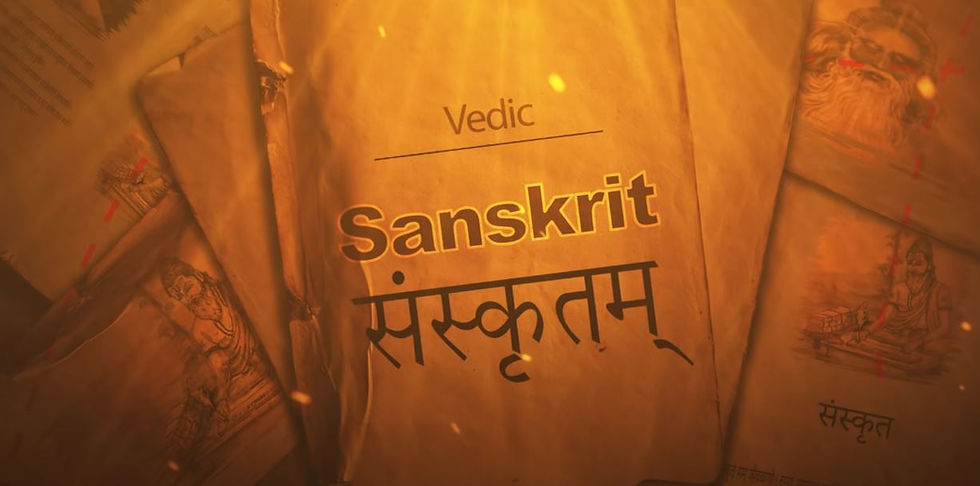
Comments